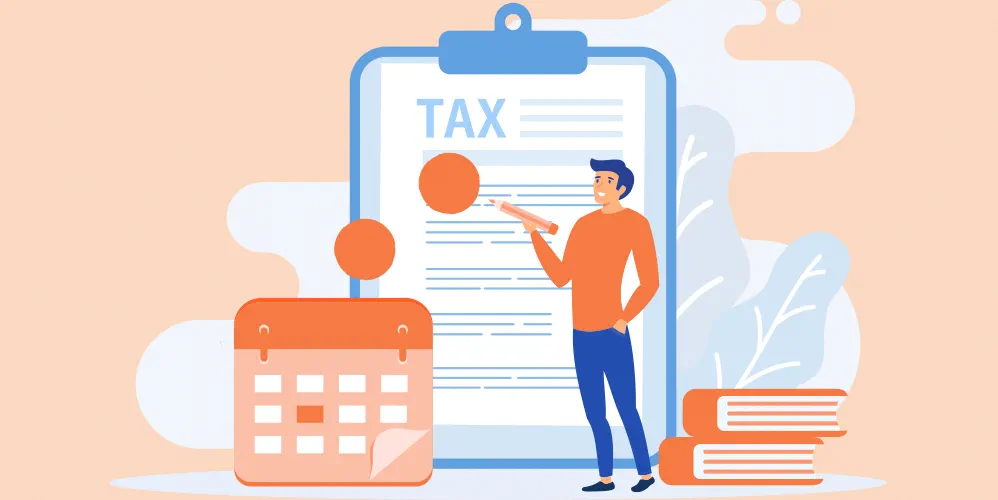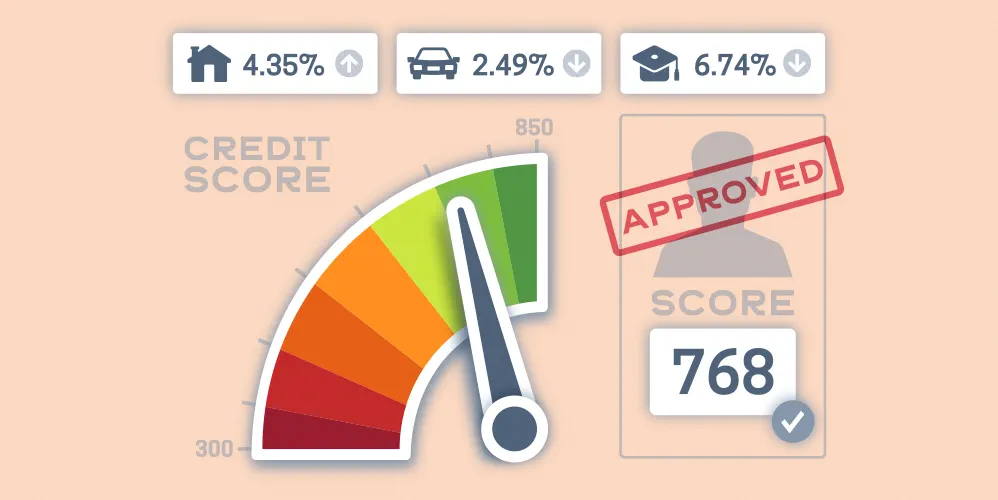
Applying for Loan Against Agricultural Land: A Step-by-Step Guide
27 Jun 2023

Table of Content
-
Introduction
-
Steps to Apply for Loan Against Agricultural Land
-
Step 1: Eligibility Criteria for Loan Against Agricultural Land
-
Step 2: Documents Required to Apply for Loan on Agricultural Land
-
Step 3: Loan Application
-
Step 4: Agricultural Land Valuation
-
Step 5: Approval of Loan Against Agriculture Land
-
Step 6: Loan Disbursement
-
Step 7: Repayment of Loan Taken Against Agricultural Land
-
-
Conclusion
Introduction
Obtaining a loan against agricultural land in India can be a valuable financial tool for farmers and landowners looking to meet their financial needs. This type of agricultural loan allows individuals to unlock the potential value of their agricultural land and utilize it for various purposes. In this blog post, we will delve into the process of obtaining a loan against agricultural land in India, outlining the essential steps and factors involved. We are sure that after reading this article, you will get the answer of all your queries like how to get loan against farm land, how much loan can I get on agriculture land, interest rate on loan against agriculture land, how to get loan against agriculture property.
Steps to Apply for Loan Against Agricultural Land
Step 1: Eligibility Criteria for Loan Against Agricultural Land
Ever thought that can we take loan on agriculture land? Before applying for a loan against agricultural land, it is crucial to understand the eligibility criteria set by the lending institutions. These criteria may vary slightly among different banks or financial institutions. Typically, eligibility factors include land ownership, land type (irrigated or non-irrigated), the size of the landholding, and income proof. Ensure that you meet these requirements before proceeding with the loan application.
Step 2: Documents Required to Apply for Loan on Agricultural Land
To apply for a loan against agricultural land, you need to gather the necessary documents. The documentation process may include providing proof of land ownership, such as sale deed or title deed, revenue records, land tax receipts, identity proof, address proof, income proof (such as income tax returns), and bank statements. These documents help establish your credibility and assist the lending institution in evaluating your loan application.
Step 3: Loan Application
Visit the nearest branch of a bank or financial institution that provides loans against agricultural land. Obtain the loan application form and fill it out accurately and completely. Provide the required details about the land, its valuation, and the loan amount you are seeking. Be sure to double-check all the information before submitting the application.
Step 4: Agricultural Land Valuation
Once you have submitted your loan application, the lending institution will assess the value of your agricultural land. They may have an in-house valuer or appoint a registered valuer to evaluate the land's worth. The valuer will consider factors such as the location, fertility, proximity to amenities, and market value of similar properties in the area. The land valuation report will determine the loan amount you are eligible for.
Step 5: Approval of Loan Against Agriculture Land
After reviewing your application, documents, and land valuation report, the lending institution will decide whether to approve your loan. They will consider factors such as your eligibility, creditworthiness, and the viability of the land as collateral. If you meet the institution's criteria and the land valuation aligns with their requirements, your loan application is likely to be approved.
Step 6: Loan Disbursement
Upon loan approval, the lending institution will proceed with finalizing the loan agreement. They will provide you with the necessary paperwork, including the terms and conditions of the loan. Once the agreement is signed, the loan amount will be disbursed to your bank account or provided as a demand draft, based on your preference.
Step 7: Repayment of Loan Taken Against Agricultural Land
Repaying the loan against agricultural land typically follows a predetermined schedule. You will need to make regular installment payments, which may include both the principal amount and the interest charged. The repayment duration and frequency will be defined in the loan agreement. It is essential to honor the repayment schedule to avoid any penalties or legal consequences.
For your interest in applying for loans with any branch of Bank of Baroda, you can fill out an online application form.
Conclusion:
Obtaining a loan against agricultural land can be a beneficial financial solution for individuals looking to leverage the value of their land. By understanding the process involved, meeting the eligibility criteria, and providing the required documentation, you can navigate the loan application process with confidence. However, it is advisable to consult with professionals or financial advisors to ensure you make informed decisions and choose the right lending institution that best suits your needs.
Popular Articles
Tag Clouds
Related Articles










Guide to Getting Agriculture Loan: Application, Eligibility & Required Documents
-
Disclaimer
The contents of this article/infographic/picture/video are meant solely for information purposes and do not necessarily reflect the views of Bank of Baroda. The contents are generic in nature and for informational purposes only. It is not a substitute for specific advice in your own circumstances. Bank of Baroda and/ or its Affiliates and its subsidiaries make no representation as to the accuracy; completeness or reliability of any information contained herein or otherwise provided and hereby disclaim any liability with regard to the same. The information is subject to updation, completion, revision, verification and amendment and the same may change materially. The information is not intended for distribution or use by any person in any jurisdiction where such distribution or use would be contrary to law or regulation or would subject Bank of Baroda or its affiliates to any licensing or registration requirements. Bank of Baroda shall not be responsible for any direct/indirect loss or liability incurred by the reader for taking any financial decisions based on the contents and information mentioned. Please consult your financial advisor before making any financial decision.
Guide to Getting Agriculture Loan: Application, Eligibility & Required Documents
Agriculture is the backbone of the Indian economy, contributing significantly to its GDP and employing a large portion of the population. However, farmers often face financial challenges due to factors such as unpredictable weather conditions, high input costs, and limited access to capital. To support farmers and promote agricultural growth, the Indian government and financial institutions offer Agriculture Loan with attractive interest rates, various schemes, and eligibility criteria tailored to the needs of farmers. In this blog, we will explore the details on how to get agriculture loan, the applicable interest rates, schemes guidelines, eligibility requirements, documents required.
Types of Agriculture Loans and Financing Options
Agriculture is the backbone of India's economy, employing a significant portion of the population and contributing to the nation's overall growth. In order to support farmers and enhance agricultural practices, financial institutions in India offer a range of Agriculture Loans tailored to meet the diverse needs of farmers and agribusinesses. These loans play a crucial role in providing financial assistance, empowering farmers to invest in modern equipment, improve infrastructure, and increase productivity. In this article, we will delve into the different types of agriculture loans and explore their features and benefits.

